15 Things You Shouldn't Ignore When Choosing A Hotel Room In Southeast Asia
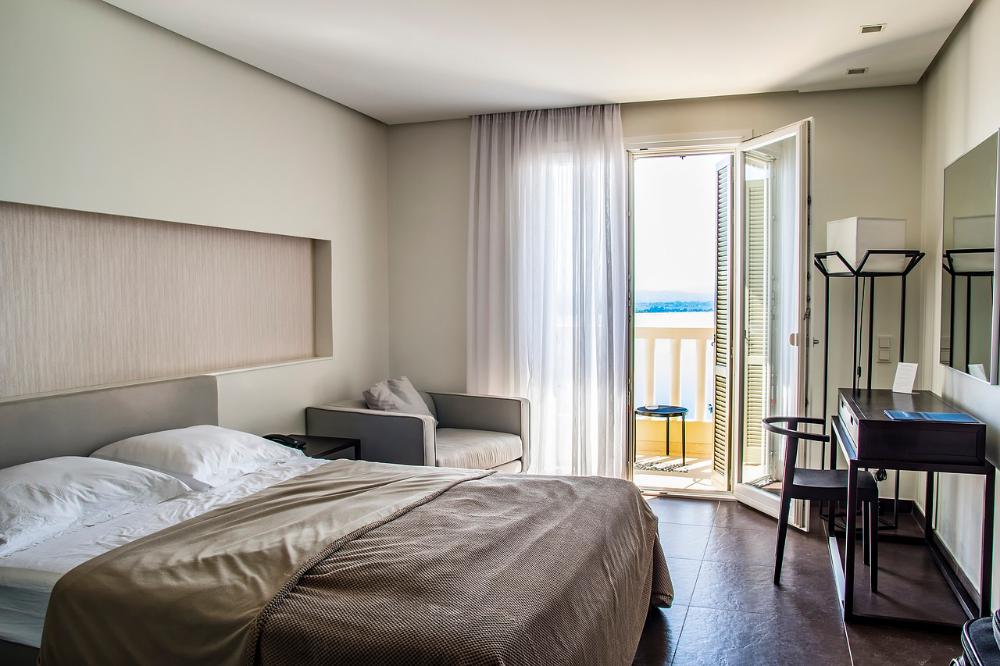
In Southeast Asia, as fantastic a region as it is for travelling in, you cannot always take for granted that a room will be problem-free, especially if you normally find yourself staying in low-budget accommodation.
There are numerous ways that a room can disappoint, horrify or outright fail to meet your needs. Murphy’s Law states “anything that can go wrong will go wrong” and it can certainly be applied here.
And so it is that when you’ve found a hotel, guesthouse or other lodging that you like the look of and that you’ve perhaps read a few reviews about on tripadvisor.com or similar, the next step is to perform at least a cursory inspection of a few of its rooms before committing to an overnight stay.
For that reason, we’ve decided to make a list of the 15 most important things to bear in mind when assessing a room for its habitability and suitability for your needs.
Keep these things at the back of your mind when you’re inspecting a new room and you’ll be far less likely to settle for a room that you’ll later wish you’d never been introduced to.
Here are the 15 most important factors that you need to consider:
#1 - Lighting
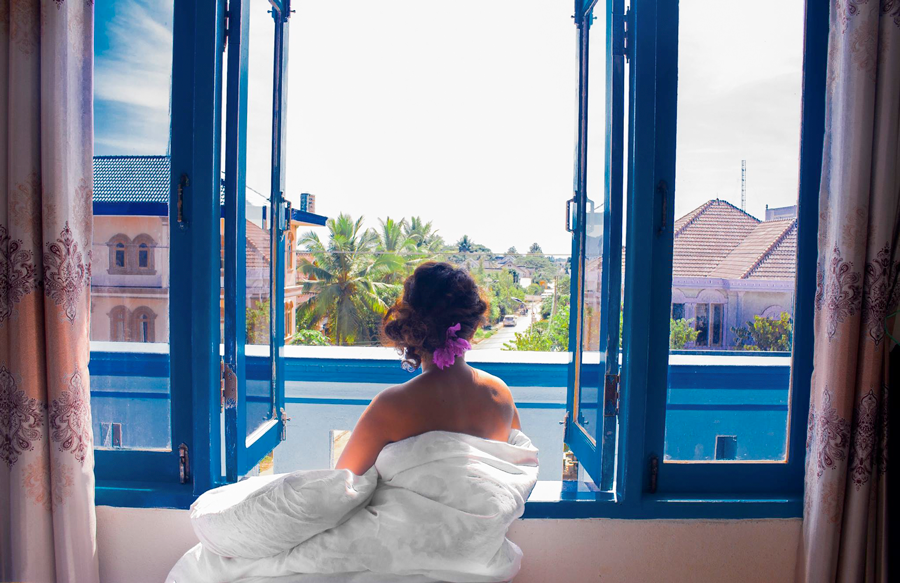
The best type of lighting for a room during the day is natural light and the most common way for that to enter is through a window of some sort.
Of course, you can sometimes let daylight into a room by opening the door but that only works when the door opens out to a brightly lit area. Also, keeping a door wide open tends to compromise your privacy and security more than a window. So always see that a room has a window that opens to the outside world.
But why is natural light important?
Firstly, it’s important for waking up in the morning so that you can have a full, productive day. Morning light suppresses the production of the sleep hormone melatonin, which is responsible for making us feel sleepy.
If you choose a room with an east-facing window and don’t draw the curtains when you sleep, the first rays of the sun will stream in through the glass on clear mornings, thus really helping you to awaken.
Even if not east-facing, a window will still allow natural light to spill into the room after daybreak and help you to rise.
For this reason, we personally almost never take a room that doesn’t have a window when we’re travelling. Rooms without windows cut you off from the world, such that your brain has absolutely no visual cues that morning (or evening) has arrived.
This messes up your natural circadian rhythms and when day breaks, such a room still remains dark and you often end up sleeping in past noon because your body thinks it’s still night- time.
The second reason is that if you want to stay inside the room during the day, natural light can have profound impacts on your mood and psychological well-being.
Natural light boosts serotonin production and will make you feel more alert, positive, creative and productive. You'll be less likely to feel listless or demotivated, as can often happen after spending the day in a room that is lit by dim artificial light.
The third reason is that it just makes economic sense for a room to be illuminated by natural light during the day. It’s a waste of energy and electricity to have a light turned on in a room all day when there is free natural light provided by the sun. We just have to give it a way to enter.
But what if you’re just not an early riser and you tend to go to sleep a bit later? In that case, natural light alone may not meet your needs and you’ll need to also consider the artificial lighting that the room is going to provide during the dark evening hours.
Watch out for rooms that provide an inadequate number of light bulbs for the size of the room or rooms that are lit by very dim energy-efficient bulbs like CFLs (compact fluorescent lights) or LEDs (light emitting diodes). When you want to stay up late to get some work done, the last thing you want is a dimly lit environment augmenting your melatonin production and causing you to doze off prematurely.
A final consideration with lighting is light pollution, coming from outside the room. We once stayed in a room in Bago, Myanmar where there was a brightly illuminated advertising sign for the guesthouse directly beneath our window. Now that wouldn't have been a problem if the room had had curtains but unfortunately, it didn't. The sign was casting bright light into the room all through our first night and we hardly slept a wink. The second night we had to improvise a curtain from a sarong we were carrying, to help block out the light.
The lesson? Make sure the room provides curtains, especially if it's in a busy town or city with street lights, signs or other sources of light pollution.
#2 - Ventilation
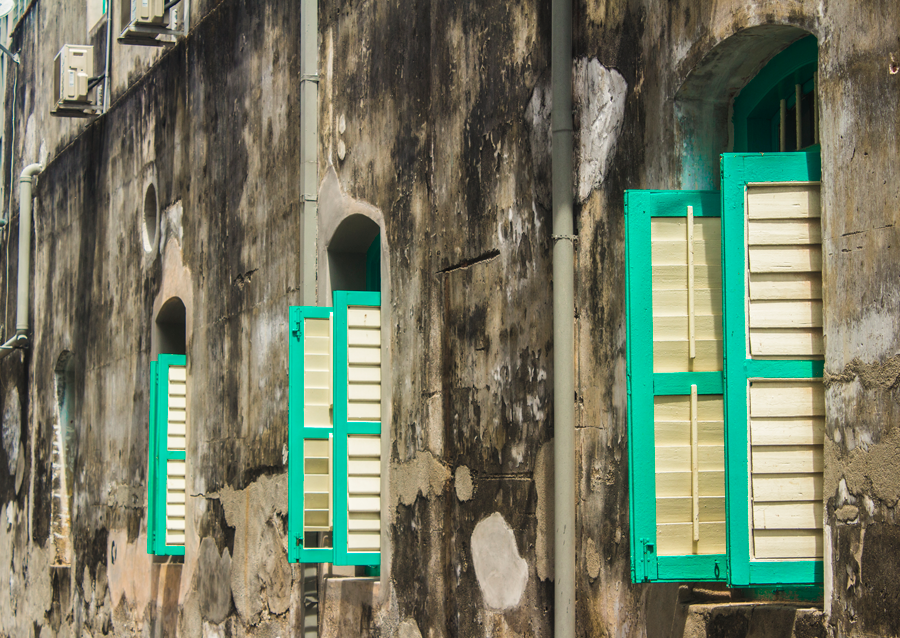
Not many people can tolerate a stuffy room for very long and this is a good thing because stale indoor air can cause health problems. The problem is that stale indoor air contains high levels of CO2 and numerous other pollutants. It may surprise some people to learn that stale indoor air is actually far more polluted and harmful to breathe in than outdoor air in most circumstances.
The best means of ventilating a room is a large open window, as it quickly lets fresh air in from outside and facilitates air exchange. Jalousie windows with their angled horizontal slats also provide excellent ventilation while keeping out rain.
If the room has no window, it should at least have external air vents. These are preferable to internal vents that only allow air to circulate between the room and other parts of the building (which may also have stale air). If the room has no of window or vents you’re going to have to occasionally keep the main door open, thus potentially compromising your privacy.
#3 - The cooling system
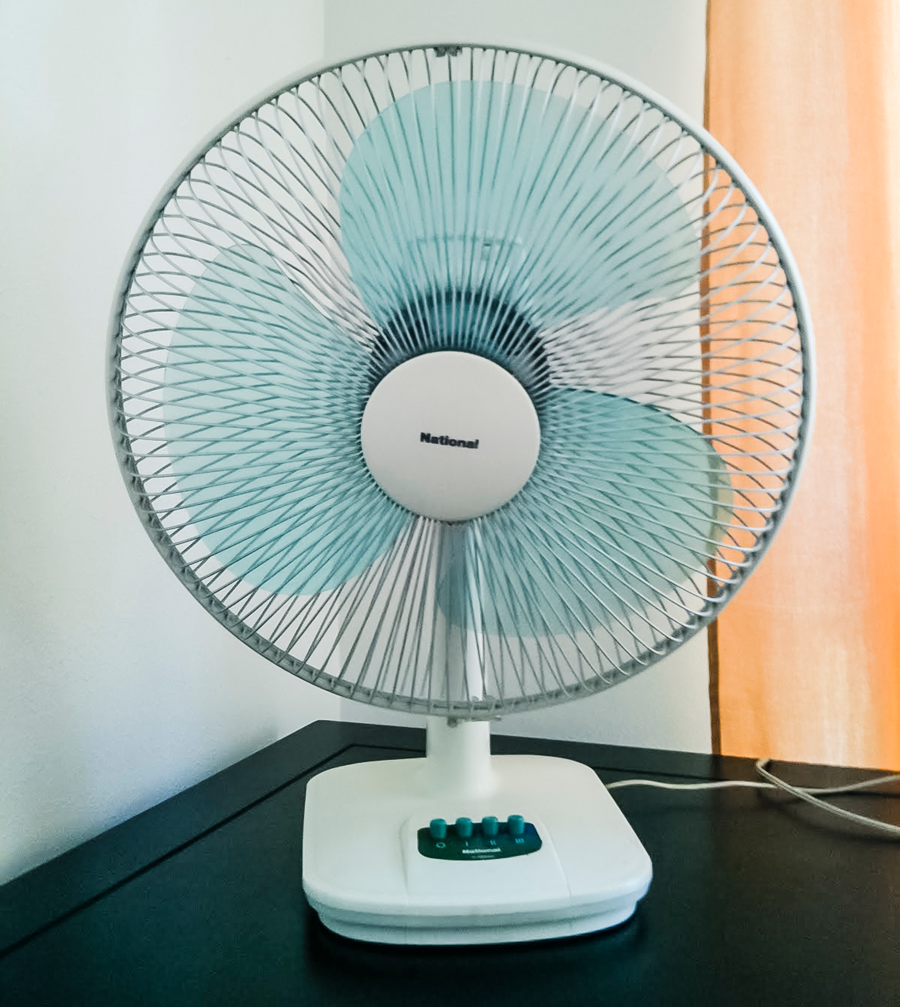
If you’re anywhere except high in the mountains in Southeast Asia, you’ll want to ensure that your room has some means of keeping you cool. The cooling system is usually going to either be an air conditioning unit or a fan of some sort. In either case, you need to make sure the room’s cooling system is working properly before you commit to the room.
With an aircon unit, you can easily test that it’s working by turning it on with the remote or via the switch on the unit itself. Cool air should soon start to flow from the unit if it’s working properly.
With fans, there are a number of common pitfalls to avoid:
- Watch out for rooms with high ceilings and sluggish ceiling fans, as the level of air-flow generated in this kind of scenario will often be insufficient to keep you cool.
- Wall-mounted fans that are installed too far away from the bed can also mean that you don’t receive enough airflow when trying to sleep. Some wall-mounted fans also are oriented wrongly and don’t have the ability to swing or swivel, so you don’t get the full benefit of the airflow.
- There are also certain rooms that only provide miniature fans (presumably to reduce power consumption) but these can often fail to generate enough airflow to keep you sufficiently cool.
The best types of fans are the portable standalone ones that can be positioned anywhere on the floor and adjusted to direct a powerful air current directly across your overheated body. If you see one of these, everything should be good.
#4 - Security
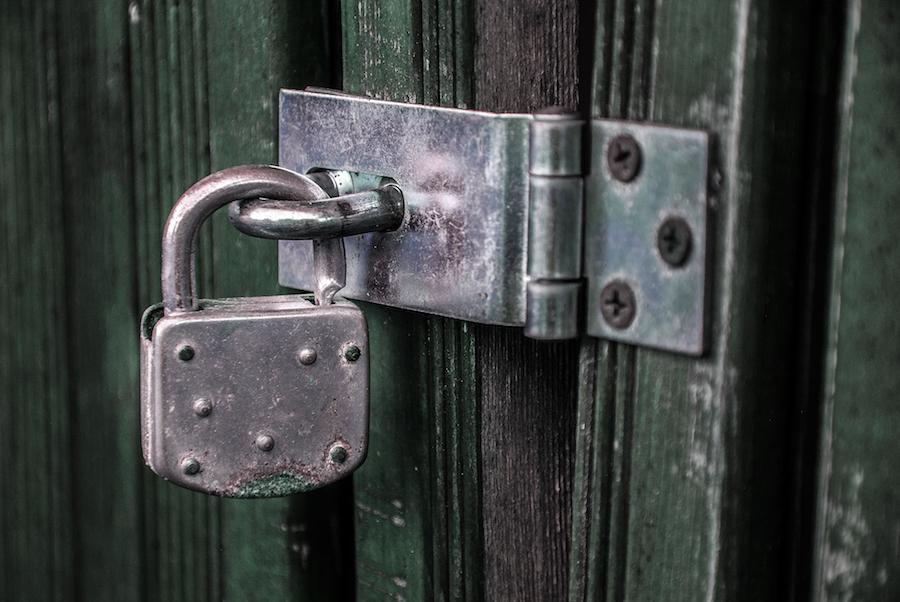
A room should provide at least a basic level of physical security so that you can leave your valuables inside it during the day and sleep inside it at night without feeling paranoid about the possibility of burglary or break-ins.
There should obviously be a way to lock the door from the outside whenever you leave the room, whether that’s by means of a bolt and padlock, a push-button on the inner doorknob, an electronic keycard lock or some other mechanism.
There should also be a way to secure the door when you’re inside the room. The push-button doorknob locks can also secure a room when you’re inside but doors that lack this locking mechanism should have a deadbolt or additional steel door bolts on the inner side of the door to provide added security against intruders while showering or sleeping.
It doesn’t hurt if the room also provides a locker or an in-room safe as this will provide an extra layer of security for your valuables. To learn more about protecting your valuables from room theft see this article.
You should also watch out for any obvious security loopholes in the room. Check that all the windows are intact and lockable and also think about less obvious points of entry for an acrobatic burglar like a large air vent, a skylight or a window air conditioner unit. Balcony doors should be lockable, even if you think your balcony is totally inaccessible. There may be thieving window cleaners with rope access to your balcony.
We once stayed in a room in Sumatra where the lowermost slat of our Jalousie style balcony window was missing. Had a thief been able to access our balcony he could have easily reached his arm in through the gap created by the missing slat and then slid across the bolt on the inside of the adjacent balcony door, thus letting himself into the room.
If security is important, think twice also about staying in rooms built from flimsy materials. Rooms inside prefabs, beach huts, jungle shacks and other less robust structures are obviously more vulnerable to break-in by sheer physical force.
The location of a room within a building also influences its level of security. Rooms on the lower floors tend to be more prone to burglarly than rooms on upper floors, especially if they have a window. Rooms in quieter parts of the building may also be more attractive to thieves as there is less chance of there being a witness to the crime.
#5 - Cleanliness
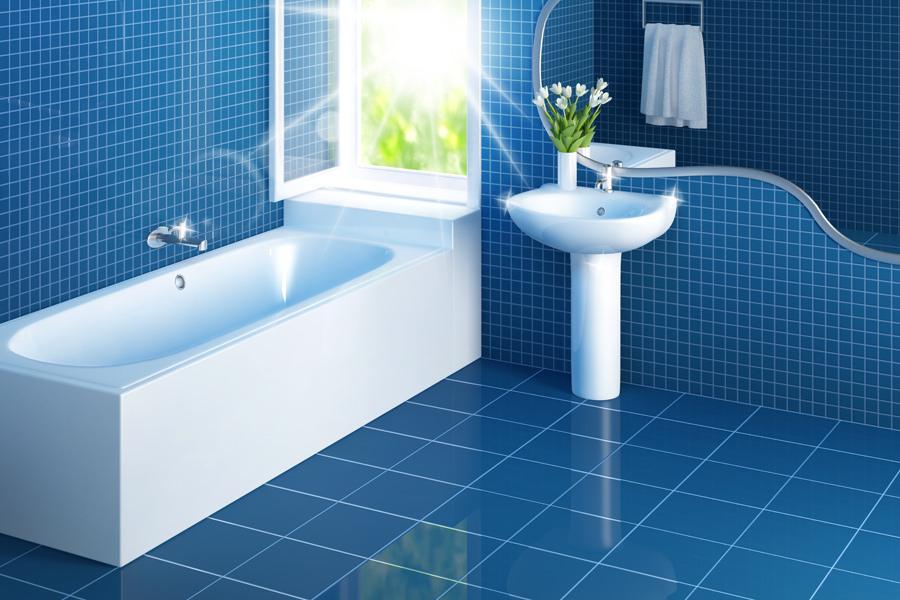
A dirty room should be a complete turn-off for most travellers. Even if a room is really cheap, it’s not worth staying in if it’s filthy or unhygienic. You won’t be able to maintain your sanity and psychological well being in a squalid environment.
Common signs that a room has been neglected by cleaning staff are things like smudge marks, gecko droppings or fingerprints on the walls, cobwebs in the corners, dusty surfaces, opaque windows (from grime), trash from previous occupants, stained pillows or bed sheets and the presence of houseflies and cockroaches.
Don’t forget to check the bathroom for cleanliness either. When the room is clean, a common mistake is to assume that the bathroom will also be clean, but this is not necessarily always the case.
Mould can also be present in some rooms for any number reasons including high humidity, leaking water pipes, rainwater seeping in through cracks and poor maintenance. We once inspected a room in Yangon city in Myanmar and were almost floored by the overwhelming stench of mould in the room. Needless to say, we bolted from that place and tried to find another guesthouse.
#6 - Pests
We already mentioned how cockroaches can inhabit some rooms, but there are many other room dwelling insects that can pose problems for travellers. Here are a few of the most common:
Mosquitoes will drive you crazy during the night in some rooms, hovering around your ears while making that incredibly irritating high-pitched whining sound and continually trying to insert their needle-like proboscis into your flesh. They also present the low but very real risk of contracting malaria or some other mosquito-borne illness in certain areas.
If a room has mosquitoes, make sure it has a good fan that you can keep running during the night to keep them at bay or failing that, a mosquito net that covers the entire bed. The room should also have some measures to stop new mosquitoes from entering, like wire mesh screens over the air vents and windows.
It also helps to keep doors closed around the times of sunrise and sunset and also to wear mosquito repellent when sleeping. We personally use a special cream called Odomos because we've found it to be highly effective and it's made only from natural ingredients. However this product is hard to find outside India where it's manufactured.
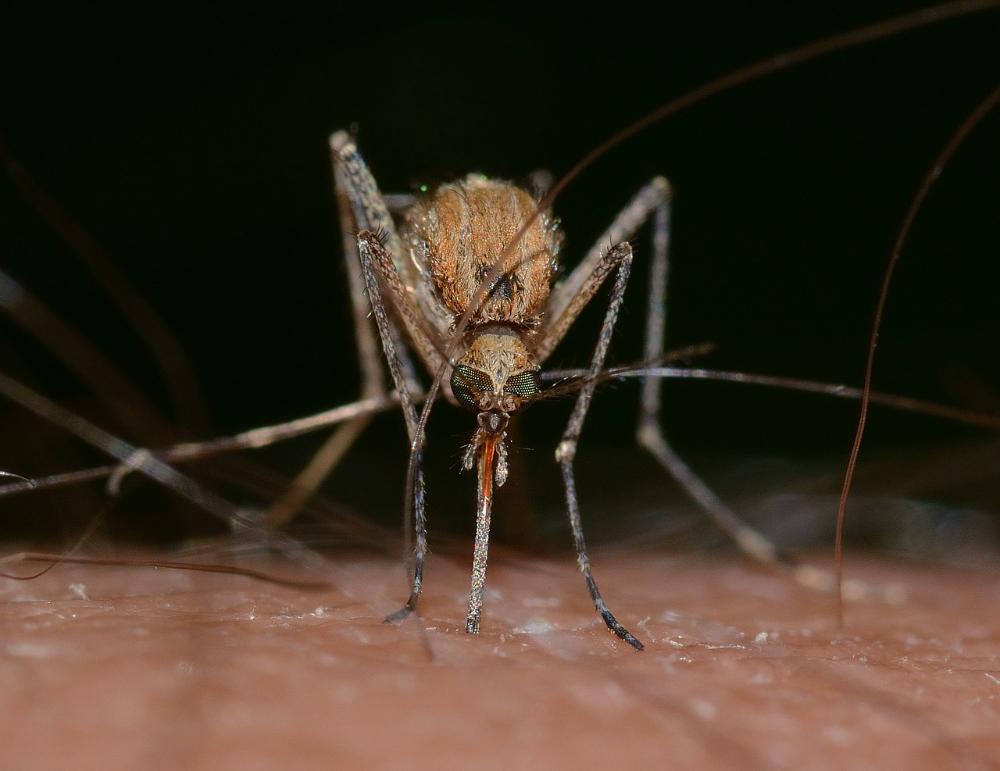
Houseflys or similar can be annoying during the daytime in some rooms but they usually vanish at night. Their presence usually means that the room is not very clean. The trouble is that they’ll fly in whenever you open the window for fresh air.
Bed bugs are something to watch out for. The common bed bug (Cimex lectularius) is a tiny wingless parasitic insect that feeds exclusively on human blood. Bed bugs can reach a length of about 4-5mm and hide in the cracks and crevices of the room furniture, in the folds of the mattress or behind the headboard of the bed, usually coming out at night to feed on your blood. Some of the telltale signs of bed bugs are:
- Bed bug eggs, eggshells, shed skins or tiny dark spots (feces) in their hiding places
- Reddish spots on the bedsheets or mattress (caused by bed bugs being crushed when a person rolls over)
- An odour in the room resembling that of overripe raspberries
If you detect any of these signs you might want to try another room. It may not always be obvious if you’ve been bitten by bed bugs as the bites don’t always itch or leave a mark. A common misconception is that bed bugs transmit disease. They don’t.
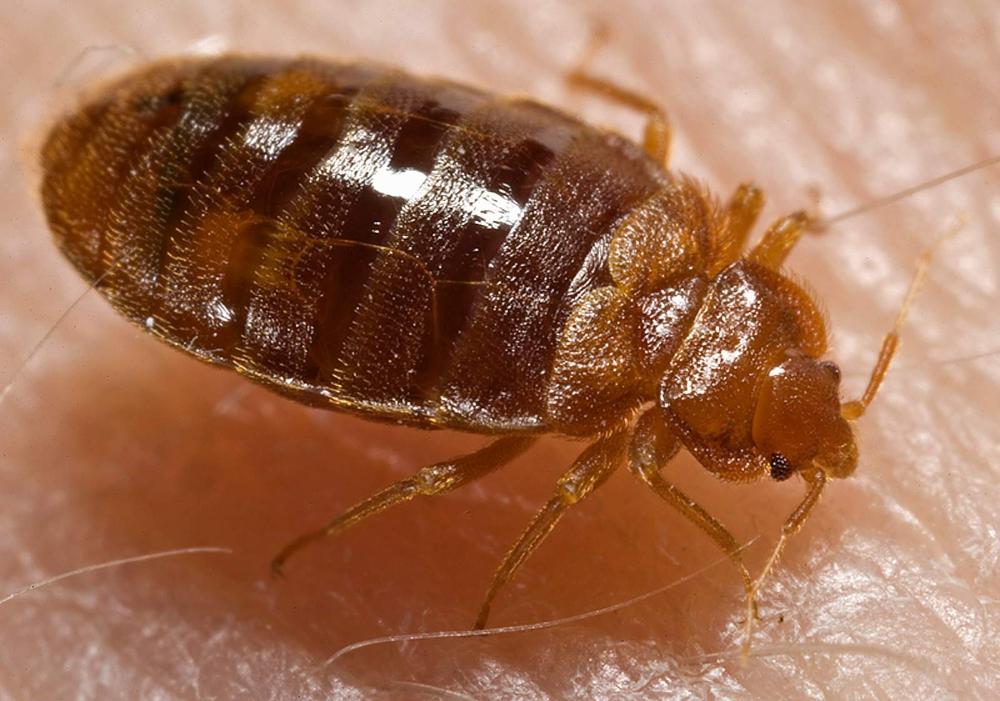
Fleas can be an issue in some rooms although they are not as common as bed bugs. Some have specific hosts but the one you’re probably most likely to be bitten by is the human flea (Pulex irritans), which despite its name is happy to feed on a wide range of different hosts, humans just being one of them.
The adults normally range between 1.5 - 4mm in length, making them a little smaller than bed bugs, and are astonishingly adept jumpers, being able to jump 12 inches or more horizontally and 7 inches vertically (100 times their height).
They survive by feeding on the blood of humans and animals. Fleas will often go for your feet or ankles and the bites tend to leave clusters or lines of itchy red bumps (similar to mosquito bites).
They often inhabit pet-friendly hotels because they get introduced by animals like cats and dogs. They may hide in carpets or in cracks in floors, furniture and upholstery. Unlike bed bugs, which are pretty harmless, fleas can and do transmit certain diseases to humans and that makes them more of a concern.
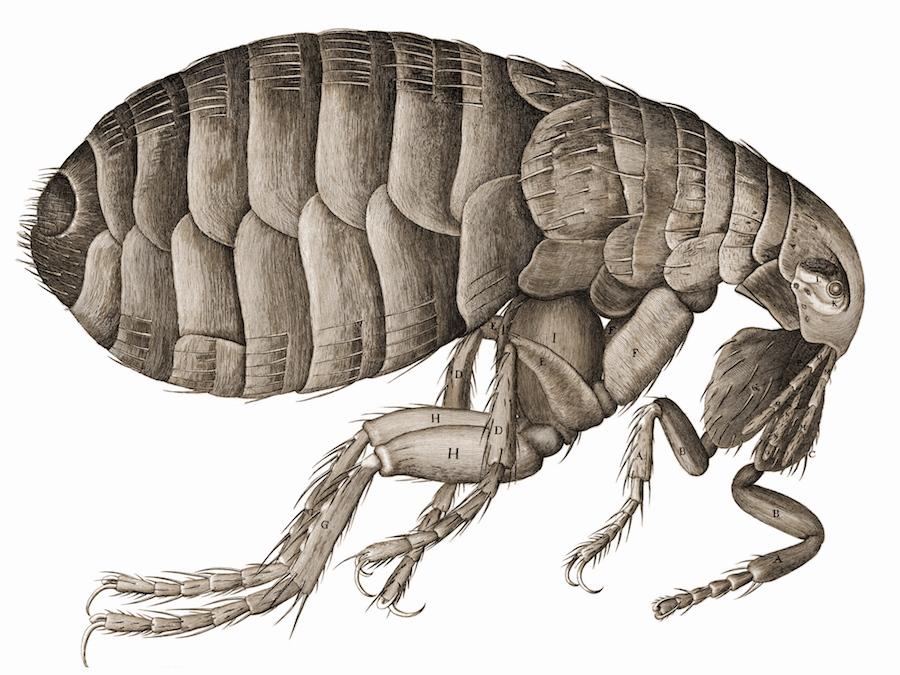
Ants can be a problem in some rooms, particularly if you’re keeping food in the room. They are strongly attracted to foods like sugar, honey, jam, bread, cakes, biscuits, instant noodles and so on. We have lost many bread loaves to ants while travelling and have observed how even very small ants would manage to bore a tiny hole in our packets of instant noodles and before long there would be an entire colony of ants scuttling around inside.
Hanging the food from the ceiling inside a bag does not always stop the ants as they just travel vertically down along the string from the ceiling to the bag. The best solution we found was to keep the food inside a tightly sealed plastic box. This is better than a tightly knotted plastic bag because ants can easily chew a hole right through the bag.
Geckos are a type of lizard found inside many rooms in Southeast Asia but they are nothing to worry about, as they’re non-venomous and harmless to humans. They help to keep down the insect population in guesthouses, although they do leave tiny droppings on the walls and other surfaces, which are not very pleasant to look at. They also make bizarre sounds that some people may find annoying. The creature that inhabits buildings in Southeast Asia is the common house gecko (Hemidactylus frenatus).
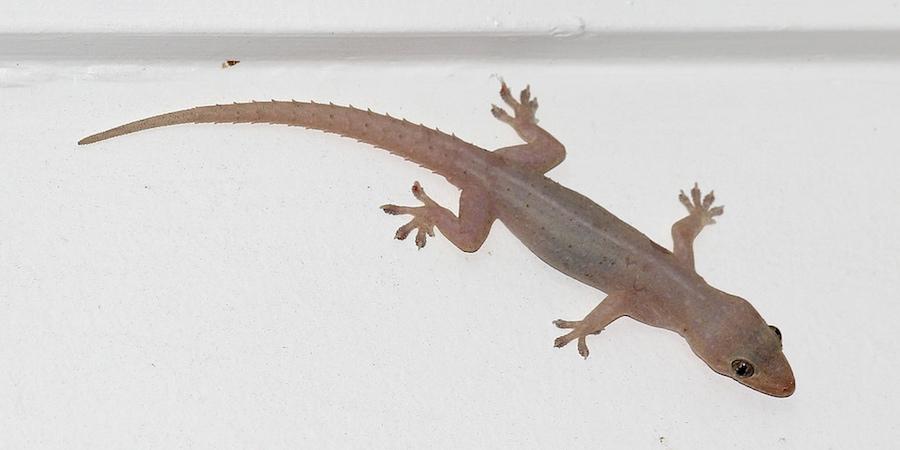
Rats are rarely a problem in the room itself, although there may often be a rat nest somewhere in the guesthouse. The brown rat (Rattus norvegicus) has spread to all the world’s continents except Antarctica and this is the species that you’re most likely to have to deal with. When present they tend to come out at night to feed on whatever is available. We once stayed in a budget guesthouse in the city of Bogor in Java, Indonesia, which had a sizeable population of rats, although they weren’t entering our room thankfully.
The only time we had a rat intruder in the room itself was when we stayed on an island called Little Andaman in the Indian Andaman Islands archipelago. We had rented a very basic beach hut with just a fan, mosquito net and bed and we would often keep a bunch of bananas inside the hut whenever we left to explore the island. However, we would often return to find a bite taken out of one or two of the bananas by a cheeky rat. We then started hanging the bananas from the ceiling at the end of a long, thin string and the rat apparently had no answer to that. Rat 0, Humans 1.
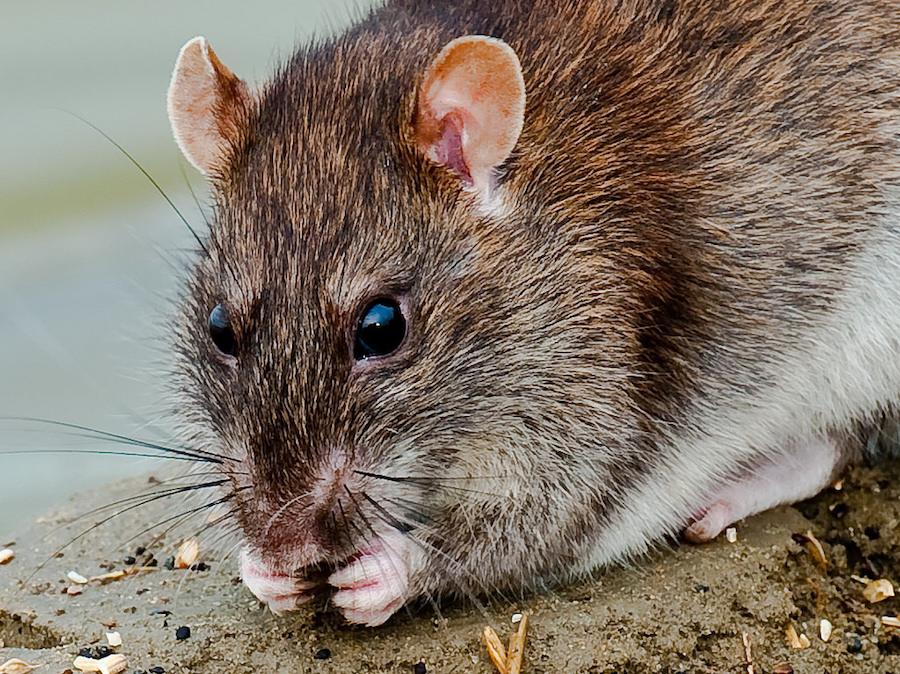
#7 - Spaciousness
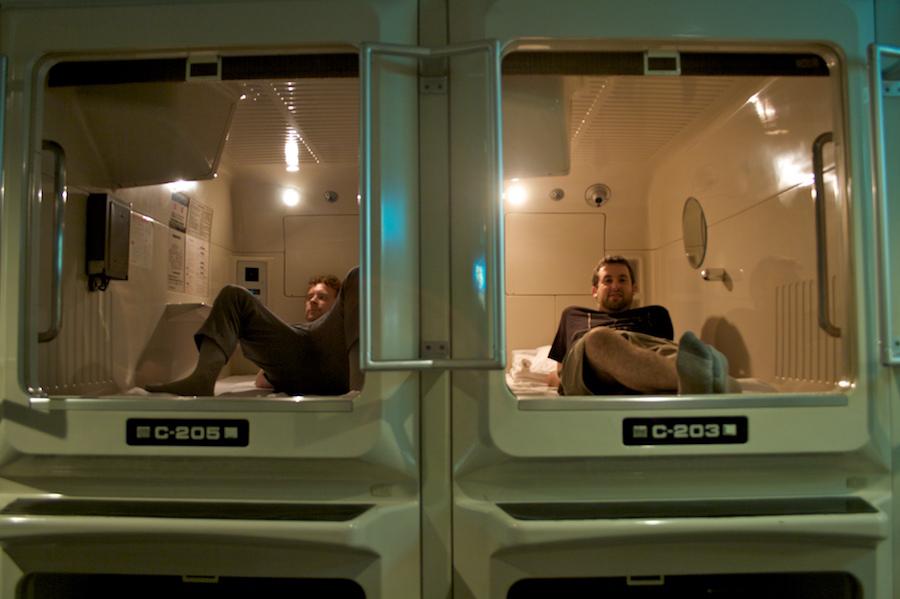
While a tiny claustrophobic room might be okay for a night or two, few travellers want to stay inside a box or a tiny sleeping capsule during a longer stay. Make sure you choose a room that has plenty of space for your luggage and a ceiling that’s high enough to allow you to stand up and walk around the room without hunching over or getting a haircut from the ceiling fan.
We have been introduced to rooms that had the exact same dimensions (length x breadth x height) as the bed itself, save for perhaps a little extra space to allow the door to open inwards into the room. It’s really a baffling mystery how the owners even managed to manoeuvre a bed into some of these rooms. It calls to mind those models of ships inside glass bottles where the ship is bigger than the neck of the bottle.
Some guesthouse owners will even take a large spacious room and build partitions or dividing walls to create a number of smaller rooms in the hopes of being able to accommodate more travellers on any given day and generate more revenue. We first saw this at a guesthouse in Mawlamyine in Myanmar where the owner had built a second floor within what was originally just a single room with a high ceiling (colonial-style building).
#8 - Wifi signal reach
Many hotels or guesthouses offer free Wifi but that does not necessarily mean that every room in the building will receive a strong enough signal for it to be usable in the room. You should be especially skeptical if your room is far away from the lobby or reception area. In this case it’s a good idea to open up your laptop and try connecting to the Wifi before committing to the room.
However, just because it successfully connects to the network doesn’t guarantee that the signal will be strong enough to give decent Wifi.
You really need to check the actual strength of the signal, which you can do on a mac by holding down the alt/option key, clicking the Wifi icon in the top bar and then clicking on ‘open wireless diagnostics…’
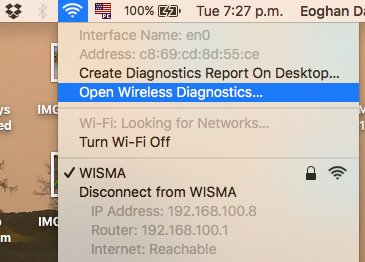
Now, if you click the ‘window’ tab in the top bar, there’s a dropdown menu with a ‘monitor’ option.
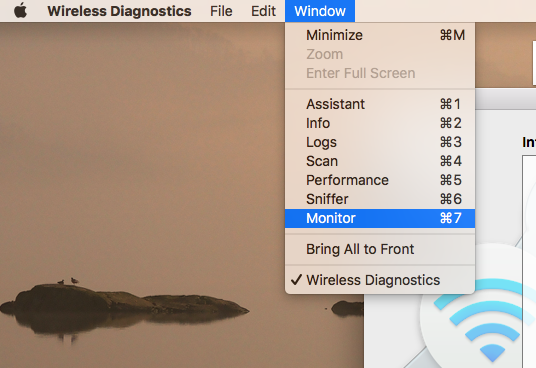
Click on that and you can check the signal strength, which should ideally be no less than -70dBm (decibel-milliwatts). You can see in the image below that mine is -69dBm at the time of writing. The highest achievable signal strength is -30dBm but you would have to be right next to the router to achieve this. If the signal strength is -80dBm or lower, your connection will become very unreliable.
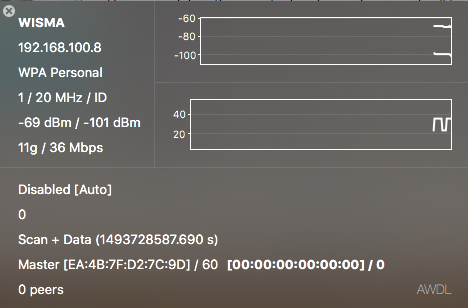
However, if you’re travelling with a Wifi range extender, you can amplify a very weak Wifi signal into a strong one, thus affording you a strong and fast connection even in rooms that are far away from the router.
One of these is really a must-have if you need to get some serious work done while travelling in Southeast Asia. You just can't count on there to always be a strong signal in the room.
#9 - Comfort
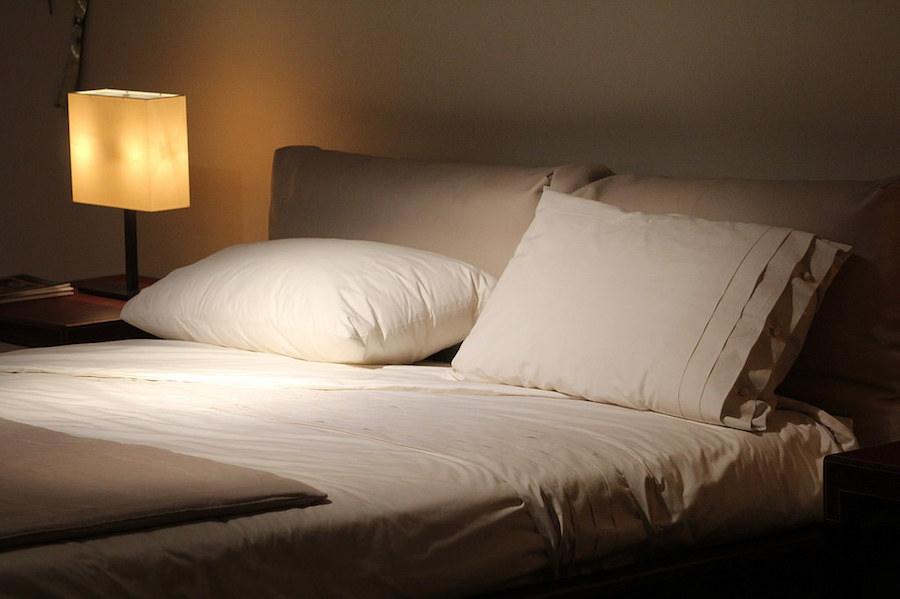
It’s worth checking that a bed and its pillows are actually comfortable before you commit to a room. Occasionally you will find a room that fails miserably in this department.
We’ve often slept on hard beds in the small villages of the Indian Himalayas, where the mattresses were so insubstantial that we may as well have been laying directly on the wooden surface below.
Watch out also for lumpy mattresses or old worn-out mattresses where you can feel the springs poking you through what’s left of the padding material. Pillows can also be too hard, lumpy or just too big to afford you a good night’s sleep.
#10 - Power outlets
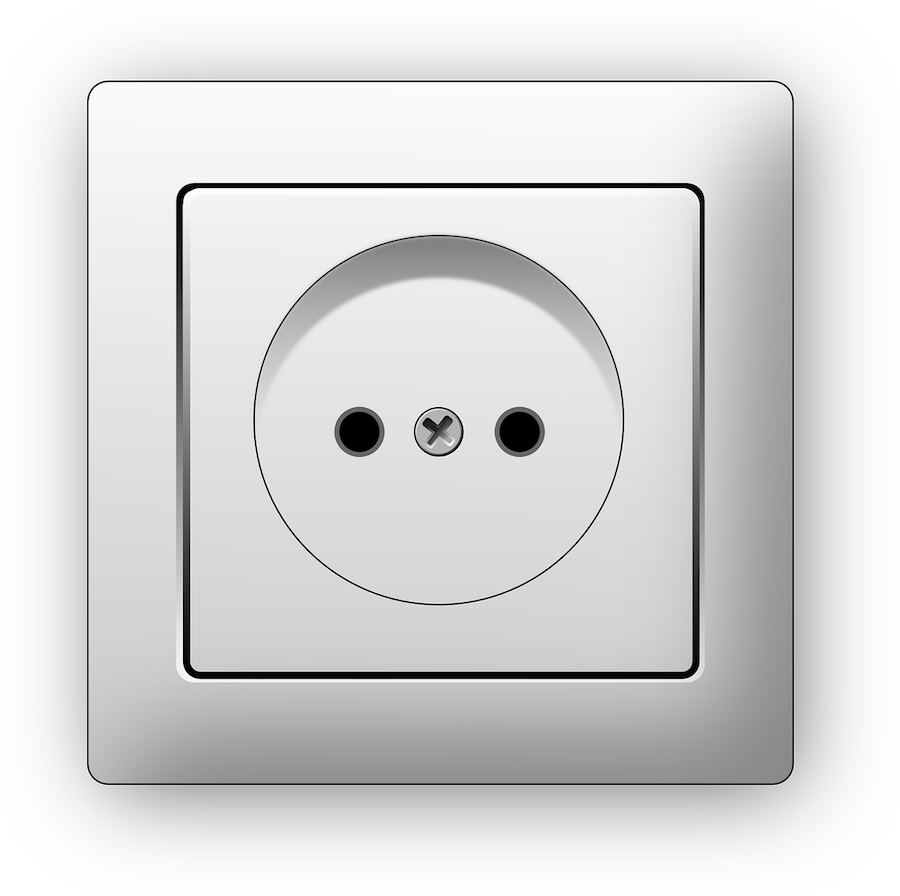
We always do a quick scan for power outlets whenever we’re inspecting a room. If you have devices to charge like a smartphone, camera battery or laptop for example, you’ll want to make sure the room has at least one power outlet and preferably more. However, if you carry a portable power strip or outlet expander, you can create multiple power outlets from one.
Make sure also that the power outlet(s) in the room are not senselessly located or inaccessible. For example, if the room’s only power outlet is blocked by a huge immovable wardrobe or found so high up on the wall that your cables aren’t long enough to reach it, you might consider trying a different room.
You can learn more about common issues with foreign power outlets in this article.
#11 - Noise Pollution
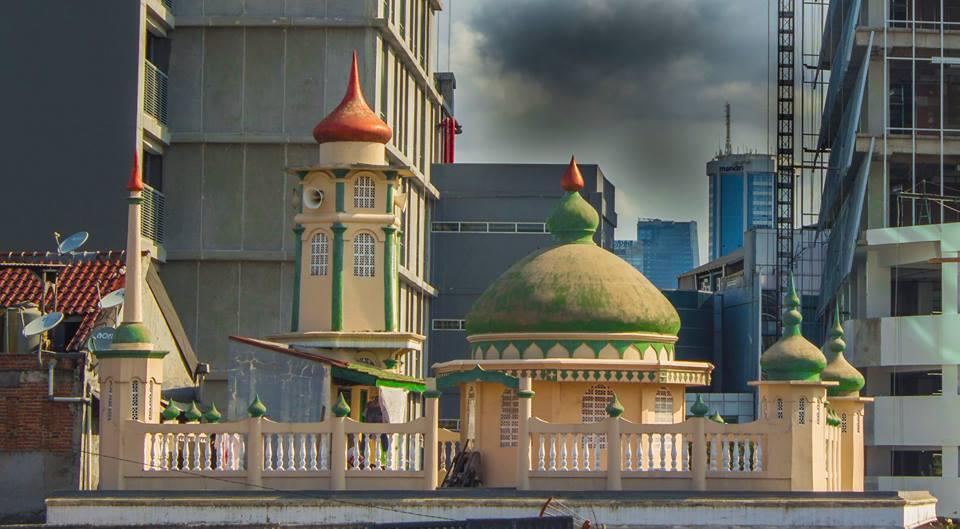
Noise can be a problem in some rooms and the three main factors that will determine how noisy a room will be are the location of the building itself, the location of the room within the building and the degree of noise insulation that the room possesses.
Rooms in guesthouses located alongside busy streets with haggling merchants and heavy traffic can be a nightmare to sleep in, although things do at least quiet down for a few hours at night-time, before kicking off again shortly after dawn. Noise from construction or roadworks is also a common problem during the daytime in built-up areas.
Another common source of noise is nightlife. If you’re staying in the midst of a never-ending backpacker party, you will be constantly bombarded with the sounds of excessively loud music and screaming drunken backpackers, even at 4 a.m when you’re really exhausted and just want some quiet so you can sleep.
The most likely place in Southeast Asia where you’ll experience this kind of noise pollution is in Thailand, where some spots play host to droves of partying backpackers. In the guesthouses along Khao San Road in Bangkok for example, it can be very difficult to sleep as the booming music and partying often continues all night until daybreak.
Mosques can be a huge source of noise pollution in Muslim-majority countries like Malaysia, Indonesia, Singapore and Brunei. Five times per day they project the 'call to prayer' to the faithful using a number of loudspeakers that are normally installed high up on one or more of the mosque's minarets (towers) and that point in all directions.
The severity of the disturbance from a mosque depends on how close your room happens to be it. If your guesthouse is directly adjacent to one, the sound will often be loud enough to rattle the entire building, possibly fooling you into thinking the town has been struck by an earthquake.The dawn prayer is perhaps the greatest nuisance of all, when the repetitive loud wailing seems hell-bent on rousing you prematurely from your sleep.
Avoiding environmental noise obviously then starts with choosing a guesthouse in a quiet area or neighbourhood. It pays to get off the main street of a town and check out the lodging options hiding in the quieter laneways and back roads. These guesthouses will usually be much quieter and will often have a peaceful verdant garden to bring you closer to nature.
Noise pollution may also be a problem within a hostel, guesthouse or hotel. This is the type of noise generated by that obnoxious guest talking loudly and incessantly on the phone in the room next door, by that couple having a heated argument in the room a few doors down, by lots of noisy foot traffic passing to and fro in the hallway outside the room, by that person banging on a nearby wall with a hammer or just by the ordinary daily activity in adjacent parts of the guesthouse.
The best way to deal with this internal noise is again to choose your guesthouse wisely. Avoid the really popular backpacker hostels and the establishments that have recommendations from Lonely Planet, Booking.com or Tripadvisor, as these places will usually have more staying guests at any given time. Less guests means less noise pollution.
Also, you can minimize internal noise by carefully considering the location of the room within the building. Choose a room in a remote part of the building, away from places with abundant foot traffic like stairwells or elevators and away from areas that generate noise like reception, kitchens, entertainment rooms and so on.
The other factor that can minimize noise pollution is when a room is well insulated against noise. Room with thicker windows (e.g double-glazed), thicker walls, heavy-duty doors and fewer air gaps are better at blocking outside noise.
However, rooms that are highly insulated against noise also tend to be more poorly ventilated. That is why we don’t encourage you to stay in such airtight bomb shelters if you’re trying to avoid noise pollution. It’s better instead to just choose a quiet room in a quiet guesthouse or carry a pair of ear-plugs and soundproof your head instead of the room.
#12 - Privacy
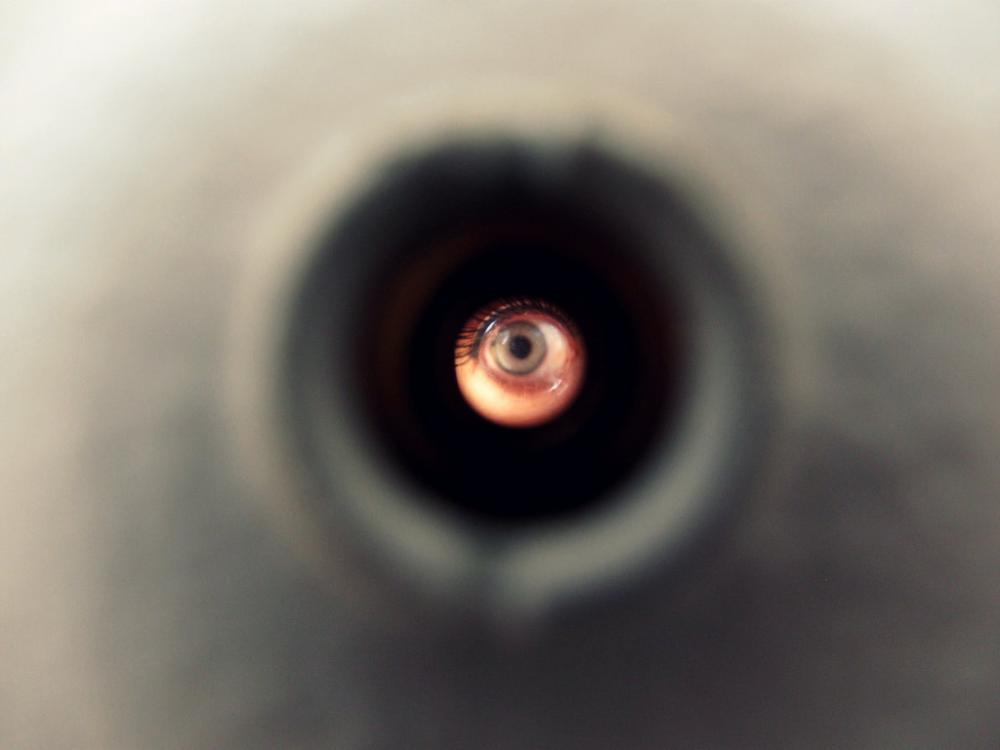
We once stayed in a room in the tiny village of Kuala Tahan, Malaysia with a kind of panelled wall facing the street that had gaps running vertically between the panels.
Anybody could have looked into the room through the gaps if they had been so inclined and needless to say, we didn’t feel that we had much privacy in that room.
When inspecting a room, just be aware of any gaps, holes or cracks in the walls or door that might compromise your privacy.
Ground floor windows shouldn't be a threat to your privacy as long as they're fitted with fully opaque curtains. Upper floor windows should also have curtains to deny the prying eyes of window cleaners or neighbours with binoculars.
Be careful with windows that are fitted with frosted glass - sometimes these aren't quite as opaque as you might like and can still reveal a somewhat blurred image of the room to a person looking in from outside.
Air vents could also compromise your privacy, especially if they’re situated low enough on the wall for a person to easily peep through from outside the room. The angle of the slats in the vent will determine whether somebody can see what's happening inside the room or not.
If the door of your room has a peephole for you to check who’s knocking before opening, you should be aware that this can also be used by somebody to look into the room from the outside.
There exists a device called a reverse peephole viewer, which allows any ordinary peephole to be used by voyeurs, perverts or peeping Toms.
Normally these instruments would be used by law enforcement to ensure a new environment is safe before entering, but they can easily get into the wrong hands.
If you look through the peephole and you’re seeing a blurred or foggy image of what lies outside the room it may be best to choose another room or failing that, find a way to cover the peephole.
If you frequently stay in the kinds of hotel rooms that have peepholes, it might be worth your while to pack a portable peephole cover to protect yourself against reverse peephole viewers.
Keyholes may also be abused in a similar manner to peepholes, although the majority of rooms we've stayed in don't have the traditional keyhole lock system.
Nevertheless, if you are staying in an old-school room with a keyhole that could potentially allow somebody to spy on you, you can always try to cover it, or block it up something that can't be easily pushed out.
Hidden or disguised spy cameras are also a problem in some hotel rooms. These may have been installed by the owner, members of staff or previous guests with nefarious intentions.
Images or videos taken with these cameras may be used for the voyeur's personal gratification, or may be disseminated via the Internet and uploaded to pornography websites.
The hidden cameras installed in hotel rooms are usually miniscule - small enough to fit inside a pinhole - and the number of possible hiding places for them in most rooms is vast.
Tiny spy cameras are typically placed inside electronic devices but have been found installed inside:
- Smoke detectors
- Motion detectors
- Fire sprinklers
- Air vents
- Air conditioning units
- Wall clocks
- Alarm clocks
- Bulky chargers
- Power outlets
- Telephones
- Picture frames
- Flower pots
- Televisions
- Table lamps
- Soap dishes
- Toothbrush holders
- Mirrors (behind them)
- Water heaters
- Many other locations.
Sometimes these cameras are disguised as familiar objects that you'd expect to see inside a room, so just because nothing looks amiss, doesn't mean that it isn't.
For example, cameras resembling burglar motion detectors or AC adapters have been used in some hotel rooms to record private proceedings.
Many hidden spy cameras are invisible to the naked eye, but there are various tools that you can employ to increase your chances of detecting them.
There are now apps like Hidden IR Camera Detectorfor Android and Hidden Camera Detector for iOSthat use your phone's magnetic sensor to detect hidden cameras.
Many spy cameras transmit signals to remote locations so that the data can be recorded and stored elsewhere, and this phenomenon can be exploited to discover their whereabouts.
Placing a phone call in the room may alert you to the presence of any hidden cameras by causing your phone signal to interfere with the signal from the camera.
Special RF signal detector devices like the MaQue Anti-Spy Bug detecto can also detect these camera radio signals and will beep louder, vibrate more or use warning lights to signify that you're getting close to the hidden camera. The idea is to do a thorough sweep of every corner of the room with the device.
Some hidden surveillance cameras will connect to the hotel Wi-Fi network to stream their captured data over the Internet.
You can run a LAN scan with an app like Network Analyzer to see if there are any suspicious looking devices connected to the network that you can't account for.
The hidden cameras that don't transmit signals can also be detected, though you will have to do a more painstaking and meticulous inspection of the room to find these.
Battery-powered lens finder devices like theSpyFinder can help you to locate these non-signal-transmitting spy cameras, especially when the camera is hidden behind a mirror or behind the face of a clock.
It's more difficult for these devices to detect cameras that are concealed behind a pinhole.
You can also use your phone's flashlight on full power to detect any glare or reflections from tiny camera lenses, a technique which is especially effective when executed in the dark.
Some hidden cameras even have a dead giveaway recording light, which will again become more obvious in the dark.
Lastly, remember that privacy is not just about what people can see, but also what they can hear.
If you want to have privacy, then choose a room that doesn't transmit too much sound to adjacent rooms or out into the corridor or courtyard. As we've already mentioned, the drawback here is that such a room will normally be quite airtight and poorly ventilated.
Hidden listening devices or microphones may also be installed in some rooms for the same voyeuristic reasons that people install surreptitious cameras.
The Hidden Microphone Detector app can help to detect these types of devices, again employing your phone's Magnetometer sensor to detect the listening device. Unfortunately, you won't be able to avail of the app if your phone doesn't have such a sensor (many do not).
#13 - Water Pressure
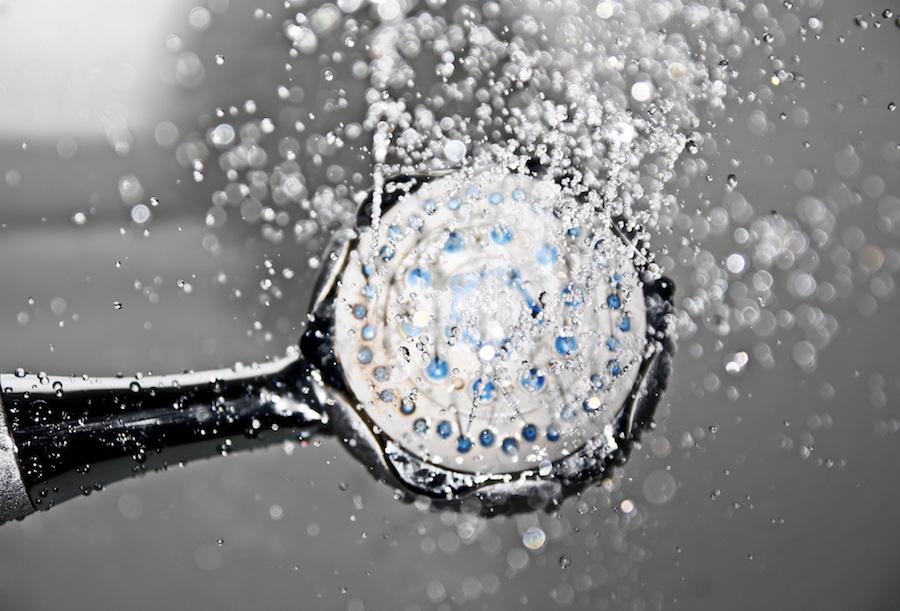
Many travellers will inspect the bathroom for cleanliness but won’t test the spray gun, shower or the faucets to ensure that there is good water flow.
In certain guesthouses, there can be a problem with water pressure in some of the bathrooms, such that it can be frustrating trying to take a shower for example. Have you ever tried to rinse shampoo out of your hair with a pitiful trickle of water coming from the shower head? It's a major hassle.
#14 - Accessibility
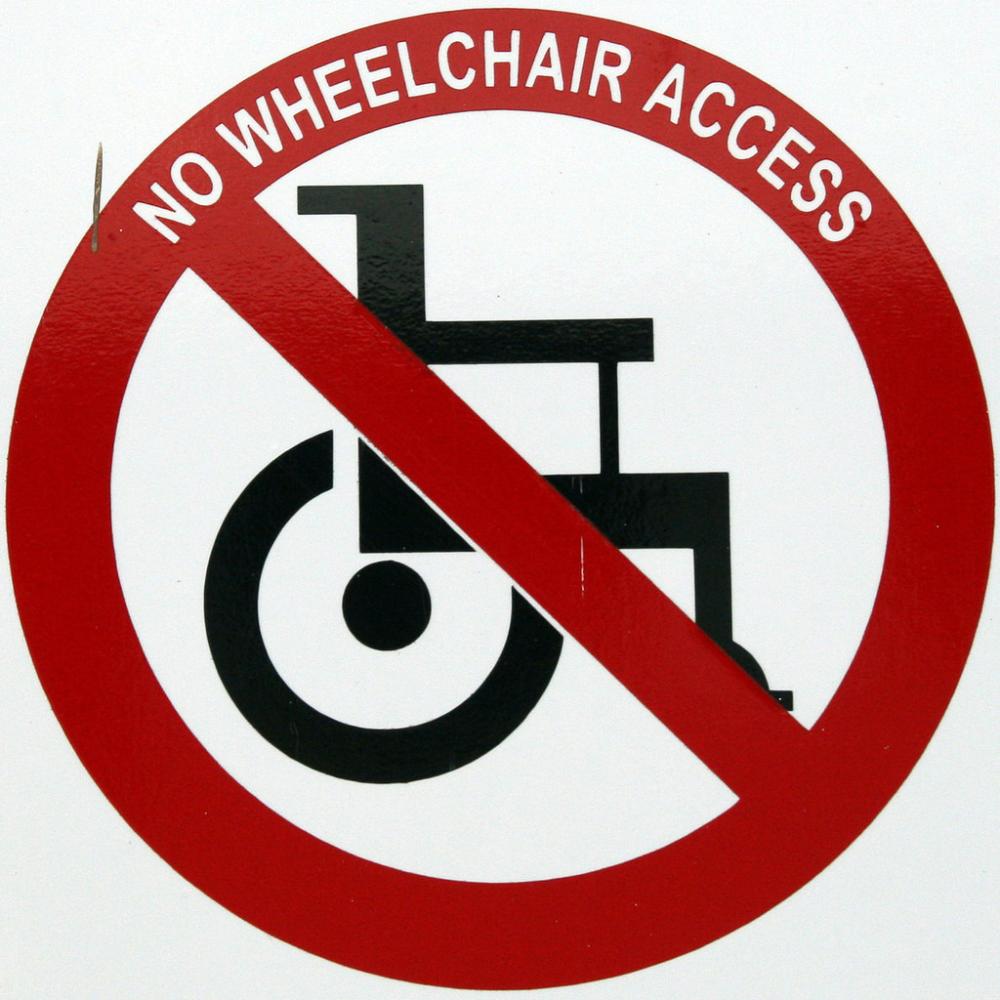
Sometimes you’ll be shown a room on one of the uppermost floors of a high-rise building that has no elevator, thus requiring a long and arduous climb up several flights of steps to reach it.
Although rooms like this are perhaps less likely to be burgled, you have to ask yourself whether the room is worth the effort needed to make the taxing climb every time you return to the room.
If you're physically disabled or get around in a wheelchair, such a room would probably be out of the question altogether, unless you have a travel buddy who's willing to heroically carry you up the endless flights of steps each time.
#15 - Price

When considering if a room is worth the price, you must take everything into account, including all of the extra facilities and amenities that it provides.
You must consider:
- The type of room (dorm, single, double, twin, triple etc.)
- The quality of the room (size, comfort, cleanliness, aesthetics etc.)
- The bathroom situation (attached or non-attached)
- The time of year (high season/low season)
- The degree of competition (with other guesthouses in the area)
- The cooling system (fan room is much cheaper than AC)
- The presence of a window, a balcony or a view (tends to increase price)
- Extra appliances in the room like T.Vs, kettles or fridges
- Free facilities & amenities provided by the guesthouse
Just to expand upon that last point, some guesthouses may provide free:
- Wifi
- Hot water
- Tea & coffee
- Breakfast
- Filtered drinking water
- Shower gel, soap & shampoo
- Toothpaste & toothbrush
- Clean towels
- Self-catering kitchen
- Entertainment facilities (T.V room, board games, pool table etc.)
- Bookshelf or library
Then some guesthouses may provide any number of extra paid services and facilities including but not limited to:
- Booking flights/bus tickets/train tickets etc.
- Organized tours
- Visa arrangement
- Book exchange
- Currency exchange
- Laundry service
- Attached bar/restaurant
- Internet café
- Bicycle/motorcycle rental
- Equipment rental (snorkelling, camping etc.)
Do you have any horror stories to share from a time when you didn't run a proper assessment of a room before committing to it? Tell us in the comment section below!
JOIN OUR LIST
SUPPORT US
FOLLOW US
ABOUT US
Our names are Eoghan and Jili and we hail from Ireland and India respectively.
We are two ardent shoestring budget adventure travellers and have been travelling throughout Asia continuously for the past few years.
Having accrued such a wealth of stories and knowledge from our extraordinary and transformative journey, our mission is now to share everything we've experienced and all of the lessons we've learned with our readers.
Do make sure to subscribe above in order to receive our free e-mail updates and exclusive travel tips & hints. If you would like to learn more about our story, philosophy and mission, please visit our about page.
Never stop travelling!
FOLLOW US ON FACEBOOK
FOLLOW US ON PINTEREST
-lw-scaled.png.png)


